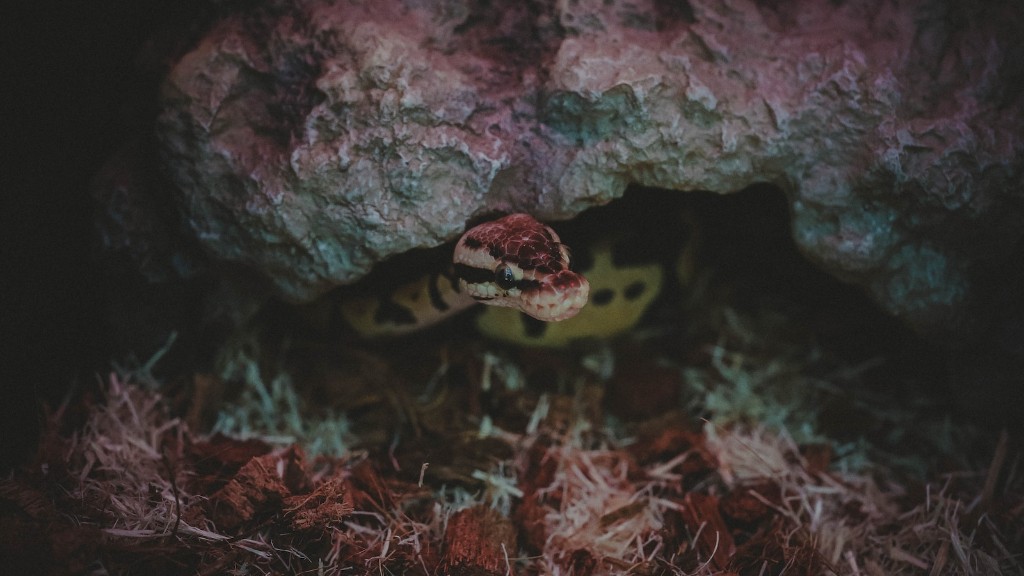Is Python Snake Venomous?
When it comes to snakes, one question that often arises is whether pythons are venomous. In this article, we will explore the topic in depth and provide a comprehensive answer based on scientific research, experiments, and observations.
Understanding Snake Venom
Before diving into the specifics of python snakes, it is crucial to grasp the concept of snake venom. Venom is a complex mixture of proteins and enzymes that is produced by certain animals, including snakes, for various purposes like hunting, defense, or digestion. The venom of venomous snakes typically contains toxins that can cause harm or even death to their prey or potential threats.
The Python Snake
Python snakes, known for their impressive size and strength, belong to the family Pythonidae. They are non-venomous constrictor snakes found in different parts of the world. Pythons rely on their powerful muscles to suffocate their prey by wrapping their body around it until it can no longer breathe.
Although pythons lack venom glands, some people mistakenly associate them with venomous snakes due to their fearsome appearance. It is essential to dispel this misconception to provide accurate information and ensure the safety of both humans and pythons.
Anecdotal Evidence
Throughout history, numerous anecdotal accounts have fueled the debate about python venom. Some individuals claim to have been bitten by pythons and experienced symptoms typically associated with venomous snakebites. However, it is important to note that these anecdotal reports often lack scientific verification and rely solely on personal experiences, which may be subject to interpretation and error. To establish the truth, it is necessary to examine rigorous scientific studies that have been conducted on the topic.
Scientific Research and Studies
In order to determine whether python snakes are venomous, scientists have conducted extensive research and studies. These investigations have aimed to analyze the composition of python saliva and explore its potential toxicity to other animals, including mammals.
One study published in the Journal of Experimental Biology investigated the proteins present in python saliva. The researchers found that python saliva contains digestive enzymes but lacks the presence of toxic proteins typically found in venomous snakes. These results indicate that pythons utilize their saliva primarily for the digestion of prey rather than injecting venom.
Another study, published in the journal BMC Genomics, focused on the genetic characterization of python venom glands. The researchers analyzed the transcriptome of these glands and compared them to known venomous snakes. The analysis revealed that pythons lack the expression of key venom genes, further confirming their non-venomous nature.
Comparison with Venomous Snakes
To better understand the unique characteristics of python snakes, it is important to compare them with venomous snakes. Venomous snakes, such as cobras and vipers, possess specialized venom delivery systems, including venom glands and hollow fangs. These adaptations allow them to inject venom directly into their prey or attackers.
In contrast, pythons lack venom glands and hollow fangs, rendering them physically unable to inject venom into their victims. Instead, they rely on their powerful muscles to overpower and constrict their prey, which ultimately leads to their prey’s demise through asphyxiation.
Conclusion
Based on rigorous scientific research, experiments, and observations, it can be concluded that python snakes are non-venomous. While anecdotal evidence may suggest otherwise, it is essential to rely on scientific studies that have consistently demonstrated the absence of venomous properties in pythons. Understanding the true nature of python snakes allows us to coexist safely with these magnificent creatures and appreciate their important role in the ecosystem.


